Aug 09
20201
Pacifism as Pathology, Social Engineering
"stakeholder capitalism" 5G Artificial Intelligence (AI) Biocapitalism bioengineered eugenics COVID-19 Fourth Industrial Revolution Green Capitalism Human Capital Data Internet of Things (IoT) sensors Poverty Mining robotics synthetic biology tech-no-logic transhumanism UN SDGs World Economic Forum “social impact” fuel
Timpsila, Medicine for Tech-No-Logic
August 7, 2020
By Alison McDowell
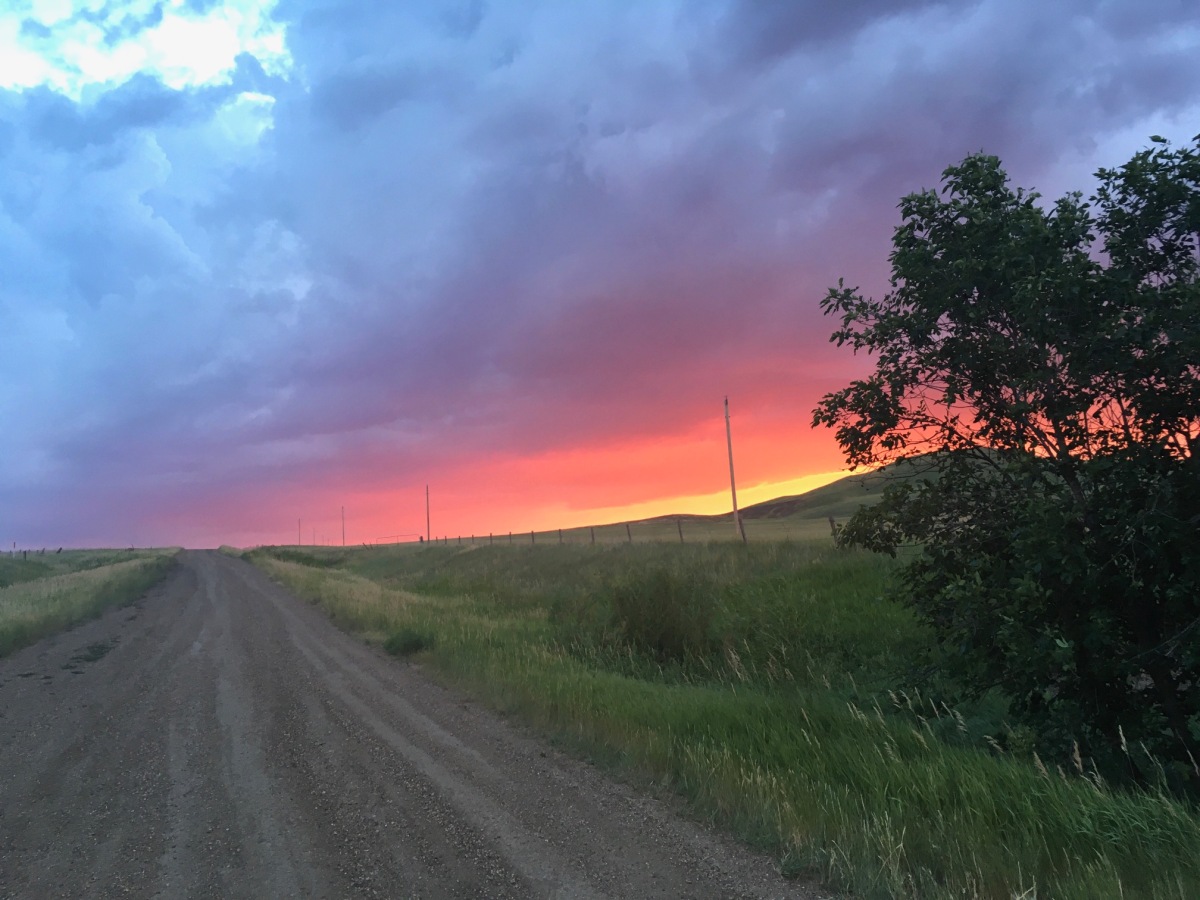
John Trudell, Native American activist and poet, spoke prophetically of a predator energy that mines the “being part of humans.” He called it tech-no-logic. Every January since the early 1970s, the World Economic Forum’s (WEF) power brokers have assembled in Davos to plot out the next steps of their planned tech-no-logic coup. We’ve now reached a tipping point with the introduction of “stakeholder capitalism.” It is a vast program of poverty mining meant to transform the masses into human capital data commodities for financial speculation and ubiquitous surveillance. This emerging investment sector runs on poverty and trauma, two things the response to Covid-19 has manufactured in abundance.
We are experiencing the lead up to WEF’s planned transhumanist future. Covid has paved the way for a reset meant to usher in their Fourth Industrial Revolution. This is a revolution in which artificial intelligence (AI), Internet of Things (IoT) sensors, 5G, robotics, and synthetic biology threaten to consume humanity. We’re on the brink of normalizing biocapitalism – humans and nature as batteries for financial markets. Picture derivatives mixed with bioengineered eugenics, deceptively sold to the public under the brand of “green” capitalism. The plan is to channel the concentrated wealth of the world’s largest asset holders through structured deals aligned to the United Nations Sustainable Development Goals. Pull back the curtain and see a program unthinkingly embraced by so many progressives and liberals exposed for what it is – not climate justice and not liberation of the poor and dispossessed, but instead an orgy of mechanistic spirit eating.
“What Is The Fourth Industrial Revolution?”
The next phase of Davos’s mining program involves deploying nano-tech human computer interfaces at the population level to begin to meld us into a single hive mind. This technology will be packaged as cutting-edge therapeutics meant to keep us “safe and healthy.” Liability waivers will be put in place to ensure the companies developing such abominations, in coordination with DARPA’s mad scientists, are never held responsible for the harm they cause. I anticipate “personalized medicine” and “preventative care” in the form of a series of mRNA vaccines will be mandated to harness humanity to Bill Gates’s “software of life.”

mRNA Software Of Life Moderna
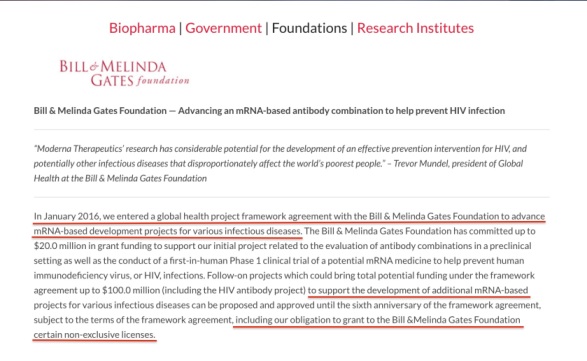
Moderna Gates
The Harvard Business Review asserts this global campaign must be rolled out “equitably.” Satellites are poised to track Black and Brown bodies from space and compel the full vaccination coverage needed to carry out these malevolent intentions. Look up Microsoft’s planetary computer. The oligarchs speak of a world where “no one is left behind.” Everyone tagged and tracked into the Internet of Humans master database, domesticated livestock with no autonomy whose life force is sucked dry to satisfy the unrelenting greed of predator energy. GAVI’s vaccines, which are being integrated into digital identity systems, may very well push humanity across the threshold into the WEF’s terrible vision.

Harvard Vaccines Satellite
Globalists have long targeted vulnerable populations as “social impact” fuel, this is corporate predation branded as paternalistic “care.” Within the tech-no-logic system, total compliance will be demanded. Approved behavior becomes currency, tokenized on blockchain and monitored by sensors and AI. They are training us for a future where we compete with one another to see who is the best behaved, the most docile. Surviving will mean conforming to the strident terms of psychopathic financial agreements. To obtain the data needed to verify claims embedded in twisted “pay for success” deals, our mother, the earth, must be remade as a geo-fenced digital prison using 5G and satellite constellations. All of your data will be added to your “permanent record” to evaluate your value as human capital for investor portfolios. The billionaires envision a future where freedom is a privilege limited to themselves, their functionaries, and the robots they control. Be assured AI is already keeping tabs, and social credit scoring is well underway.
Sophisticated propaganda campaigns and strategic cooptation of grassroots movements have groomed the public to embrace this model with open arms. The trap has been set. Submit now and EVERY aspect of life, which through bioengineering can now be tweaked at the cellular level, will be controlled to profit the global elite. This is not just about surveillance and policing, it is about the wholesale domination of mind, body, and spirit through smart technologies. Biometric health passports will bring these systems to scale through ID2020. Central banks will soon bring latent human capital bond markets online.

Moreau River
This planned future, however, is NOT preordained. Totalitarian transhumanism is not a foregone conclusion. Trudell’s remedy? Change our perception of reality through active non-cooperation. Manifest in our hearts, minds, and actions the world we desire. Where they engineer disconnect, RECONNECT with intention; not only with one another, but with ALL our relations and the land and the spiritual beings that exist beyond our senses. We must synchronize to change the vibrational reality, and that power exists within us as children of the earth.
Our relationship to the sun, sky, and universe is the cosmic web that must be rewoven. According to Trudell, awakened humans have a responsibility to use the intelligence given to them by the creator to face the violence of the tech-no-logic machine. It is up to those of us who see to do this with clarity and coherence. By becoming “thinkers” we reclaim our stability and step outside the control system that manipulates those who passively “believe.”
Trudell’s philosophy inspires me and offers a bulwark against the panic I feel watching the rise of tech-no-logic fascism steeped in medical martial law. To counter this grim vision, I want to share with you a story of the timpsila braid hanging in my kitchen. To me, it embodies the triumph of the creator and Indigenous life over disastrous tech-no-logic white western thinking. It is a reminder to check my tendencies towards despair and to work to manifest a different reality within my heart as a clear-thinking and feeling human being. When I am tempted to dig deeper into the darkness I will strive to shine a light and imagine a future of reciprocity, gratitude, community, and care.

Timpsila, Psoralea esculenta or prairie turnip – a wild food gathered by the Lakota people.
Timpsila, Psoralea esculenta or prairie turnip, is a wild food gathered by the Lakota people. Its silvery green leaves and piercing purple flowers punctuate the prairie hills. Its tubers are wild-harvested in June after flowering. The tops are carefully placed back in each dug hole so their seeds can complete the life cycle and restore what has been taken. Slender roots braided together allow the tubers to be dried for storage. Rehydrated, they are used in stews or ground as flour. It is a durable food, a survival food. A Timpsila braid is a sign of abundance and a deep connection to the earth.
I was given two gifts this summer, the first was a gift of a month on the land and the second was the gift of the braid. That first gift extended a chance for me to knit myself back into the cosmos. My being had come perilously close to slipping into the dark embrace of algorithmic “life.” Wrenchinthegears.com is my blog, and it has been literally wrenching to watch the treacherous plans I’ve been investigating for years emerge full-blown against the Covid backdrop. Time and space to disconnect from tech-no-logic’s predator energy was an unexpected and precious offering that took me by surprise.
Initially I hesitated. Could I leave my family for the six weeks needed to drive, quarantine, and do what was needed? Could I step away from my job for that long? Was my 50-year-old not-too-fit body up for the task? I’d never done anything like that before. There was a world out there waiting beyond my kitchen table. Perhaps I would find community; perhaps I would learn more about myself; perhaps I would restore my relationship with nature – so many possibilities. In the end, I chose to step away from my laptop, put my power-mapping on hold, shift from brain work to heart work, and put my body into a project I hoped would help to feed people.
I bought a tent and dehydrated food, gathered up books and yarn and my teddy bear then headed west as spring gave way to summer. If you know you me in person, you know I’m a planner, a box-checker, and a striver. Not proud of it, but its part of the package of how I was trained up to be. To make this choice felt highly irregular, but also profoundly right. Uncertain times led me to look inside myself and trust the process. If we’re committed to changing the dominant paradigm, one shaped by empire, violence, competition, and hyper-consumerism, we have to be willing to risk healing when a door is opened – to follow the lines, as John Trudell said, with intelligence and coherence. Maybe in doing the work of healing ourselves we can help heal the world and build anew.
Before I set off, a friend who stewards an African-diaspora urban farm told me to move slow. Learn the land first. The work needed to come from a spiritual place. He offered some horticultural guidance, but cautioned that I might not end up doing what I thought I was going there to do. The challenge was to be attuned and humble. Look closely and listen carefully. Another friend suggested I go down to the river, the Schuylkill, before my trip and ask for guidance on the journey. I’m new to and rather clumsy with ceremony and ended up ankle deep in the gooey tidal mud. In a real sense I was hoping this gift of time and space would offer a measure of transformation. So the lesson I took away from my visit to the river is that if your goal is transformation, there is no tiptoeing around the edges. You have to be willing to step forward with both feet and get dirty.

Tidal mud
In the days before I left I saw many precious garter snakes, including one that was nestled in a strawberry plant in a bed I was weeding. A beautiful blue racer sped out of the tall grass to greet me in the garden one of my first days there, and the day before I left a five-foot bull snake spread itself luxuriously across a back road as a friend and I looked on appreciatively. Surely on this journey I was meant to shed some of my old skin.
To change the world, we must be willing to look deeply within ourselves. We must unpack the ways in which compulsory education, religion, politics, and consumer culture seek to contain us within a larger control system. Thus confined, the predator energy of which Trudell spoke can easily feed off the manufactured discord that is continuously inflamed to profit the Davos elite. If we can secure a new lens and commit ourselves to restoring right relationships, we might then be able to chart a new course. At this pandemic moment of the WEF’s attempted global economic reset (aka global coup via mass impoverishment) my goal was to unplug, step out of time, and carry out my own internal reboot.
So, I pointed my aging Subaru away from life in a “smart” city to a land of grass, wind, and sky. At the end of the road the IDEA of a vegetable garden waited for me in a quiet river valley. Those who’d asked me to come wanted to build a garden that would complement a chicken-raising effort: manure, insect control, feed, a circular system. The goal was to develop a prototype that with material and technical support might allow small communities to access healthier, more affordable food.
Food independence is radical. This is why counter-insurgent warfare targets the people’s ability to feed themselves. This is why the Black Panthers were considered so dangerous to the power structure. This is why corporations keep us sick with highly processed GMO consumables. This is why we are seeing consolidation of supply chains under Covid. Advancement of hydroponic, petro-chemical fertilizer-based vegetable production and lab-grown “meat” are a central feature of the Fourth Industrial Revolution. Food is meant to be medicine for body and spirit. Putting hands to earth is medicine. Saving open-pollinated seeds is medicine. Heirloom seeds contain histories of struggle and survival. I arrived with a spade and shovel seeking to be part of this medicine work, my hands ready.
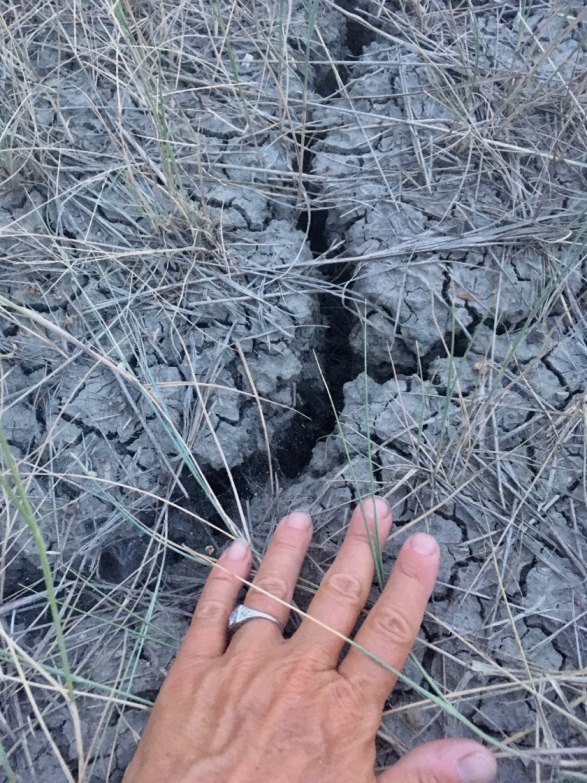
Vertisol Soil
When I first saw it, the area for the planned garden was a lush carpet of grasses, yarrow, wild onions, and sagebrush. They grew out of a silty clay soil unlike anything I’d ever put my hands in before. It is the kind of soil that when moist you can turn into a clay pot, but once dry hardens like concrete and splinters into an infinite web of delicate cracks that shelter velvety wolf spiders as big as your hand. Vertisol soil – we came to know one other well in the weeks to come.
On the land my learning began. Before I left I gathered bird guides, grass identification charts, treatises on ethno-botany of the northern prairies. I soaked up the written word, but heart work truly blooms through the lived experience of the body. In those weeks of quarantine I walked gravel roads to distant horizons and encountered the diverse residents of the grass nation. I lived the beauty of each moment – every week new seed heads, blooms, insects, and birds to greet. As Robin Wall Kimmerer says – we are the young siblings with much to learn from the older beings around us. The prairie was my teacher, and I am forever grateful for the lessons gifted to me outside the control matrix.

Cottonwood tree
The wooden stakes set amidst the grass behind the chicken coops offered only a vague hint of what would emerge there. We decided to experiment with different approaches using local materials and see what worked best and what could be brought to scale. The final garden included three tilled beds with cover crops, eight hand-dug beds with new topsoil brought in, a trenched bed for potatoes, ten sod berms, and three compost piles. There was also a tilled bed amended with cattle manure where we planted corn, beans, and squash – the three sisters.
Early on my friend visited me in the garden. He tried to convince me that the soil, even though to MY eyes seemed impossible, would be fine. His ancestors had farmed the river bottom. He held that knowledge, and I am ashamed that in my uncertainty and concern over “succeeding” at this garden project, I did not fully embrace those teachings. And so in the trials we did, the bed that was tilled with just a little manure – the three sisters bed – grew as my friend assured me it would. The leaves of corn unfurled, then the beans, then the squash. By the time I departed all of the seeds had made their presence known. We decided to call it Three Sisters Sanctuary. After a stormy night that poured an inch of rain onto the cracked earth, I packed up my muddy tent and headed east knowing the sanctuary would be well cared for by my friend. After all, it was his land. He knew its life force in his heart.
During my stay, this friend generously shared aspects of life close to nature on the prairie. The June moon in Lakota is called tinpsinla itkahaca wi or moon when the seedpods of the wild turnip go to seed. He filled a five-gallon bucket and showed me how to prepare them for storage. My first attempts to peel the tubers with my rarely used pocketknife were rather dismal. I was too tentative, but eventually got the hang of how to slide the blade in near the stem end and slough off the rough husk to expose the smooth, moist flesh of the turnip inside. Supremely satisfying. In that liminal space between time zones, in many ways outside of time entirely, a midday break sitting in the shade to peel timpsila felt perfectly right. There was a rhythm to reweaving torn connections between one human and the earth. Bit by bit, tuber-by-tuber, slow, slow, slow, the bucket emptied – a small act of non-cooperation against a mechanized world defined by speed, industrialization, and global supply chains.

Peeled Timpsila
I was granted the opportunity to see timpsila in their proper place among other plant beings, clear ponds, and rock rings under a sky painted with clouds that filtered a dramatic pre-storm light. These are not the domesticated plants of a garden plot, not tomatoes or peppers, but wild offerings made by the creator to the being part of human. I greeted them on those hills the night of the Solstice on land that had been in one family for over a century. That crisp bite of a fresh dug turnip on that sacred land was powerful medicine. I will carry it in my heart, and I am profoundly grateful for it.
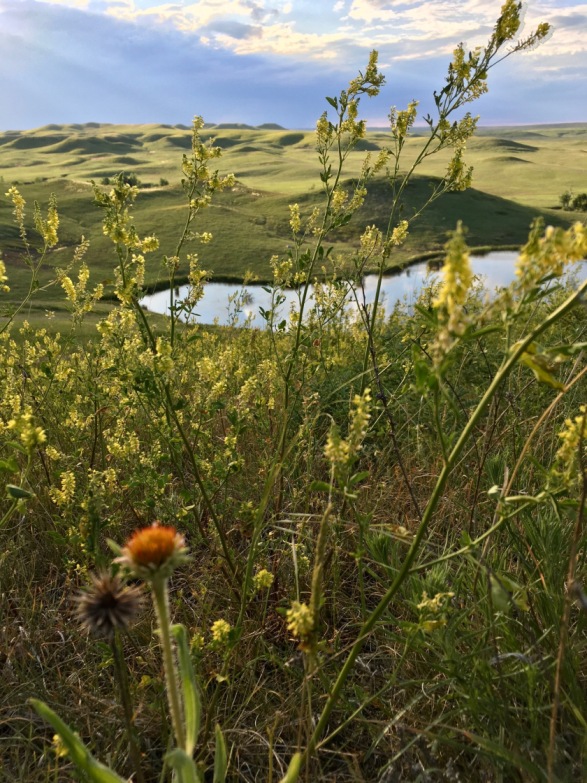
Prairie Solstice
The night my friend gifted me the braid he came out to my tent. It had been raining, and as he turned his head, his headlamp shown briefly on the fence. There, a spider was deftly weaving a web. It glistened with raindrops and took my breath away. We stopped for a moment to watch in the cool night air the spider going about her work. Just like the spider, those of us who are awake are empowered to be world builders. Even though we may feel overwhelmed by the dark and the rain, we have the option of creating a new story – the potential of the silken thread that lies at the core of our being. We do not have to remain trapped within the current paradigm. The old, tattered web can be consumed and made anew. Together we have the creative power to weave a future where tech-no-logic is banished from our lives.
This timpsila braid is a token of friendship, a connection across time and space. It is a powerful affirmation of Indigenous resistance to the vicious forces of capitalist growth that seek to annihilate and erase world views grounded in the care and wellbeing of the earth and all its creatures. This includes all the children of the earth who have stewarded Turtle Island, Africa, India, Australia, and Asia through these dark colonial times.

Prairie Storm
Imagine if non-Indigenous people had it within them to become “thinkers” as Trudell describes them. No longer indoctrinated by the control matrix feeding off their pain and strife, but instead intent on cultivating a culture of gratitude, ceremony, community, and reciprocity – all of it grounded in a connection to the earth and the cosmos. THAT could very well be the antidote to the mechanistic spirit eating of tech-no-logic “green” capitalism. It would kill the human capital bond market before 5G and wearable-tech shackles ever got off the drawing board, unleashing a power beyond anything we can imagine. We can make it so.
With clarity and brave hearts we can bring forth a new world. We commit to that and heal or submit to the tech-no-logic matrix and lose our souls. Let us embrace one another as “thinking” human beings, web weavers who dare write a different story. As Robin Wall Kimmerer teaches, we do not have to carry it all. Each of us has gifts for the bundle.
Know your gifts and how to share them. Stay grounded in the soil. Open your heart to receive true teachings. Find the others; they will cross your path. Slow down and look to the horizon, so you have eyes to see them. We are not alone. We are not isolated. Together we can nurture one another not as digital brands and avatars but as precious fellow travellers on a journey from darkness to light.
This piece is itself a web of many silken threads graciously offered up by beloved collaborators. Thank you friends.
If you’re in a position to support Lakota food independence efforts, gifts of any size will help pay for next spring’s seeds. Chas Jewett on Venmo @chas-jewett-1. Wopila.
This is a tour of Three Sisters Sanctuary. Know the past and build a better future.
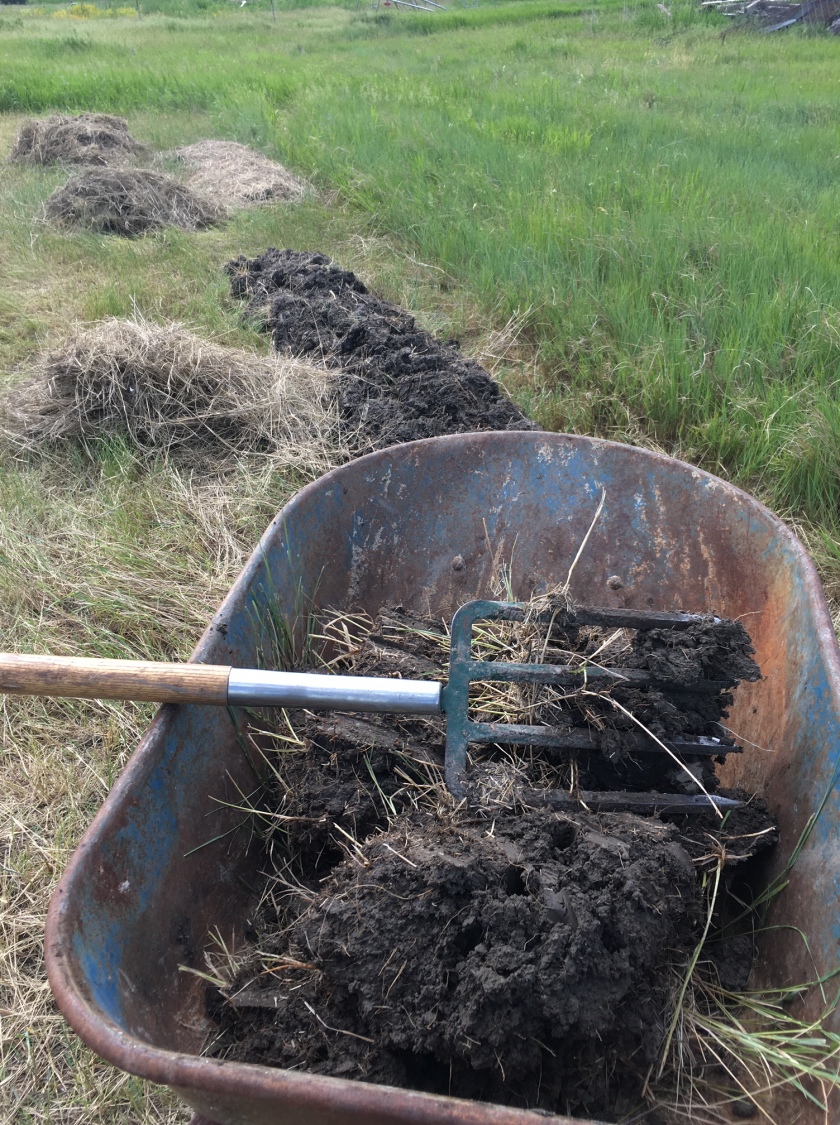








 Global Justice Ecology Project (
Global Justice Ecology Project (